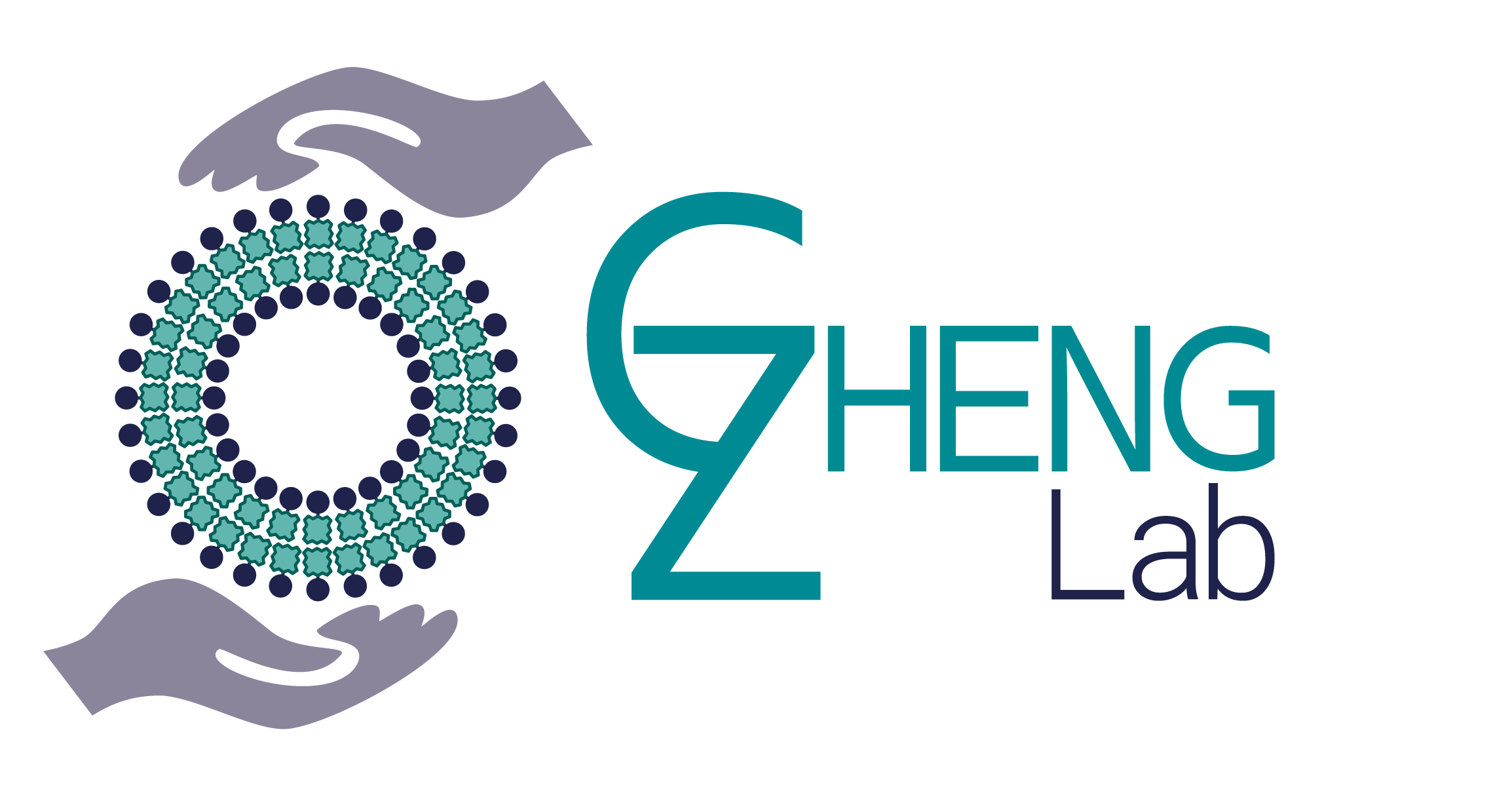Theranostic lipid nanoparticles for cancer medicine
Charron DM, Chen J & Zheng G Nanotechnology-Based Precision Tools for the Detection and Treatment of Cancer, 2015 Disease heterogeneity within and between patients necessitates a patient-focused approach to cancer treatment. This exigency forms the basis for the medical practice termed personalized medicine. An emerging, important component of personalized medicineContinue Reading
